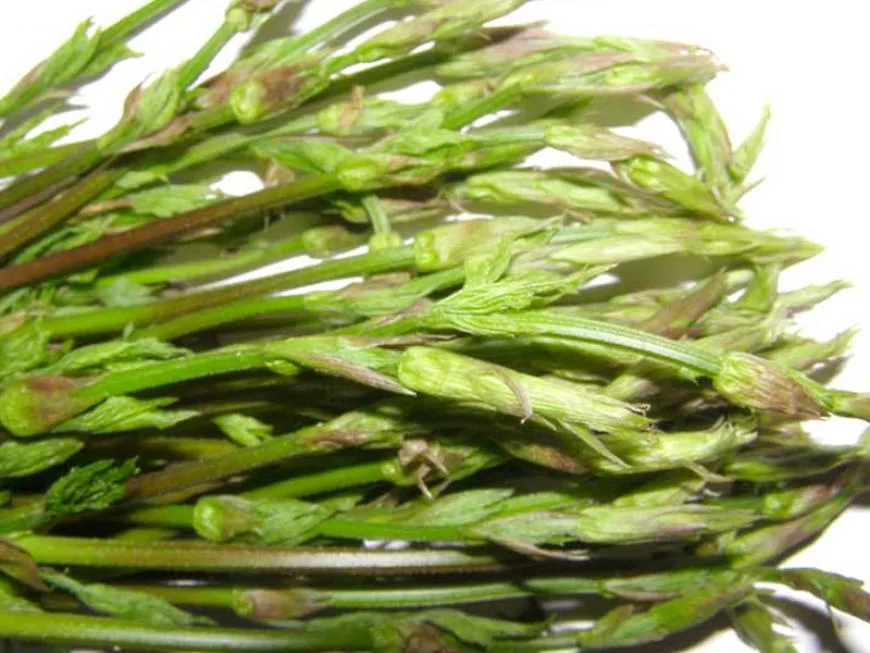In the Oltrepò Pavese area, spring arrives together with vertis, the wild hop shoots that grow wild at the edges of woods, along watercourses and hedges. They grow just about everywhere, are often found on market stalls, and are the protagonists of two spring specialities of the Oltrepò, risotto and omelette, but are also excellent in soups
When to harvest
Hop sprouts, also known as spring hops, are usually harvested between March and May. Harvesting should be done when the plants are young and the shoots are tender. They are also often used in the brewing of craft beer and other hop products. It is important to harvest the sprouts at the right time to ensure the quality and flavour of the final products.
The characteristics
The apical shoots of wild hops resemble asparagus and are therefore often called 'wild asparagus'. They have a bitter taste and, unlike most sprouts used in cooking, the larger they are, the tastier they are. They have invigorating, refreshing, sedative, diuretic and laxative properties, purify the blood and stimulate liver function. Wild hops are also thought to have mild sedative properties, useful for insomnia or to calm stomach acid caused by stress. Hops are often used in herbal teas and infusions to aid sleep, reduce tension and regulate metabolism.
Its high water and fibre content makes it an ideal ally of the digestive system, regulating the assimilation of food and stimulating appetite, but it also has strong diuretic and laxative properties.
The best way to enjoy them
In spring, picnic season, omelettes are the most delicious way to enjoy asparagus shoots. But wild asparagus is a very versatile ingredient. In addition to omelettes, it can be used in savoury pâtés, in oil and as a sweet and sour marmalade to accompany cheeses that are not too ripe.
No excesses
Bruscandoli have no particular contraindications if consumed in the right quantities. However, as with all things, they should be eaten in moderation, as an excess of hop sprouts can cause nausea and dizziness.
Where do wild hops come from?
Wild hops were originally introduced into central and southern Europe from Siberia and Mongolia and then spread to various areas, including the Oltrepò Pavese, an area particularly suitable for growing wild hops due to its climatic conditions. Hops can easily adapt to different types of soil, even in difficult conditions such as poor or poorly fertilised soils. This has made it popular.
Sprouts in literature
The plant is also called aspargina, bruscandolo in Veneto and vartìs in Romagna. And it is so popular that it has even found its way into literature. In "The Last Letters of Jacopo Ortis", Ugo Foscolo recounts the moment of a family dinner, on a warm evening in May, when the women are about to serve the soup of "bruscandoli" picked in the fields in the afternoon.













